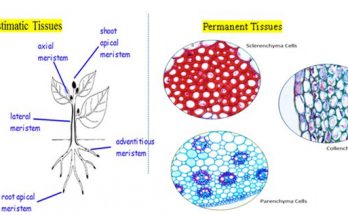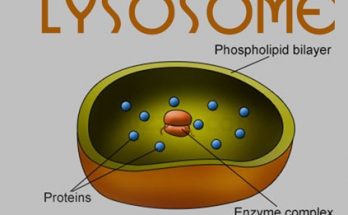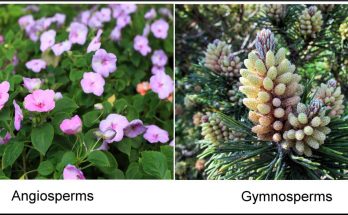What criteria do we use to decide whether something is alive?
9 Important Criteria we use to decide whether something is Alive for class 10
What criteria do we use to decide whether something is alive? Read MoreCBSE Class Notes Online – Classnotes123
CBSE Class Notes, Worksheets, Question Answers, Diagrams , Definitions , Diffrence between , Maths Concepts, Science Facts Online – Classnotes123
9 Important Criteria we use to decide whether something is Alive for class 10
What criteria do we use to decide whether something is alive? Read MoreDecomposition reactions are called opposite of combination reactions due to their reverse processes. In a decomposition reaction, compounds break down into simpler substances, contrasting with combination reactions where substances merge to form compounds. For example, heating calcium carbonate (CaCO₃) decomposes it into calcium oxide (CaO) and carbon dioxide (CO₂). This equation demonstrates the reversal of processes in decomposition reactions compared to combination reactions.
Why are decomposition reactions called the opposite of combination reactions? Write an equation for this reaction. Read More
12 Important Difference between Meristematic and Permanent Tissues explained with diagram
12 Important Difference between Meristematic and Permanent Tissues Read More
The Indian desert The Indian desert lies towards Western margins of the Aravali Hills. It receives less than 150 millimeter rainfall annually. It consists of wave like Sandy Plains with …
The Indian Desert Read More
What are lysosomes?,Where are Lysosomes located?,4 Important Functions of Lysosomes,What would happen to the cell without lysosomes or Why lysosome are important?What prevents lysosome from digesting themselves ?Why are lysosomes known as suicidal bags ?
Lysosomes – Class 9th Definition , Functions , Location and Importance of Lysosomes Read MoreOne-word Answer Questions Q1.Name the tissue that forms the inner lining of our mouth? Ans1.Simple squamous epithelium Q2. Name the tissue that connects muscles to bone in humans? Ans2.Tendon. Q3. Name …
Tissue- Class 9 NCERT Question Answer Read More
Vacuoles are membrane-bound organelles found in the cells. They have a wide range of functions like storing and releasing various substances, regulating ion and pH balance and supporting the cell’s structure. Vacuoles come in different types and sizes. Understanding the definition, functions, types, significance and location of vacuoles is important in comprehending their role in cellular processes.
Vacuoles – Definition, Functions, Types, Significance And Location Read MoreShort answer Questions Q1. What is hypotonic solution? Ans1. A solution having solute concentration lower than that of the cell SAP is called hypotonic solution. Q2.What is isotonic solution? Ans2. …
The Fundamental unit of life -Class 9 -Question Answers Read MoreWrite short answers Q1.Why do we need food ? Ans 1.We need food to Grow Get energy to work , keep us fit and healthy and to stay alive. Q2.Name …
Class 4–Food and Digestion – Question And Answers Read More
Explore the key differences between Angiosperms and Gymnosperms, focusing on aspects like plant nature, seed enclosure, lifecycle, and leaf morphology. Understand how Angiosperms use flowers for reproduction and produce hardwood, while Gymnosperms rely on cones, produce softwood, and adapt differently to their environments, impacting their applications in industries such as food, medicine, and lumber.
10 Key Differences Between Angiosperms and Gymnosperms Read More